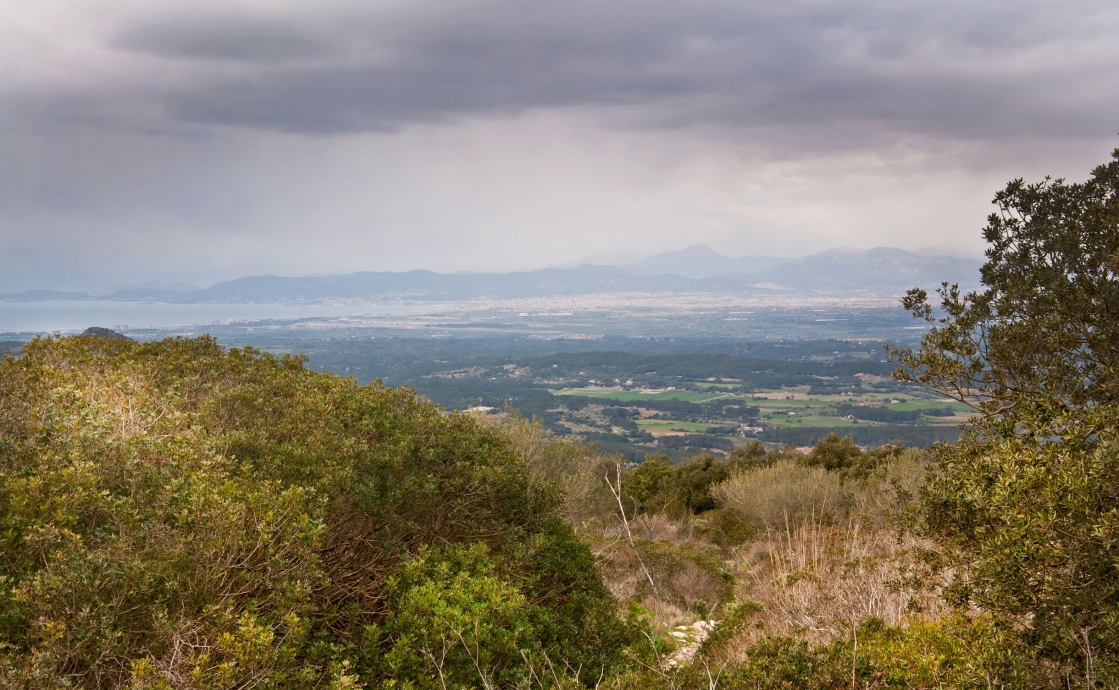
Randa, the mountain of the three sanctuaries
Legend has it, known as "rondalles" in Mallorcan, that the interior of Mount Randa is hollow, with only an immense empty space held up by three columns of gold. Two of them have collapsed, and when the third one falls, it will drag the entire island with it. "The sea waves will pass over, and it will be the end of the world," or at least, the end of Mallorca, according to this ancient story.
In addition to the legend that condemns the island, Randa is known for being the mountain of the three sanctuaries.
At around 550 meters above sea level, Puig de Randa is located between Algaida and Llucmajor, and this is the story of its three monasteries.
Our Lady of Cura, a Lullian monastery
It is one of the most well-known sanctuaries in Mallorca, along with Lluc. It was built very close to the cave where, according to legend, the blessed Ramón Llull received his divine enlightenment.
It is a complex consisting of four buildings, with the church being the highlight, dating back to 1668 as indicated by the sundial on one of its buttresses. Inside, there are two small treasures: a stone-carved piece of the Virgin Mary of Santanyí, in Gothic tradition, and a Saint Christ from the vanished Santo Domingo convent in Palma.
One of the most visited areas is the grammar room, where a school for learning grammar was established and operated from 1502 until the mid-19th century.
After years of neglect, the Franciscans of the Third Regular Order initiated the restoration of the monastery and turned it into the novitiate seat of the order. Besides the intriguing Lullian tradition, from the Cura monastery, you can enjoy one of the best views of the island.
Our Lady of Grace, of the Franciscan order
The Gracia monastery also has its origin in a cave, although not as inspiring as Ramón Llull's. In the s'Aresta cave, two Franciscan friars settled in the mid-15th century and gradually built a hermitage.
Under the dedication of Our Lady of Grace, it became a pilgrimage center, and in the 18th century, the construction of the current church began.
Notable pieces include an image of the Virgin of Grace by the sculptor Gabriel Mòger II and the Chapel of Santa Ana. Moreover, for art enthusiasts, there is a beautiful set of Valencian tiles depicting biblical scenes dating back to the 18th century.
The Hermitage of San Honorato, the third sanctuary of Randa
There is hardly anything left of the original Hermitage of San Honorato, built between 1394 and 1397, where hermits resided. The complex that is now visited is modern, but it still maintains the air of spirituality that surrounds the entire Puig de Randa.
In the 20th century, the congregation of the Sacred Hearts took charge of the place, which is used for Christian gatherings.
The Christ of the Hermits, located inside the hermitage, is well-known in the area, as it was somehow related to the Battle of Llucmajor.




